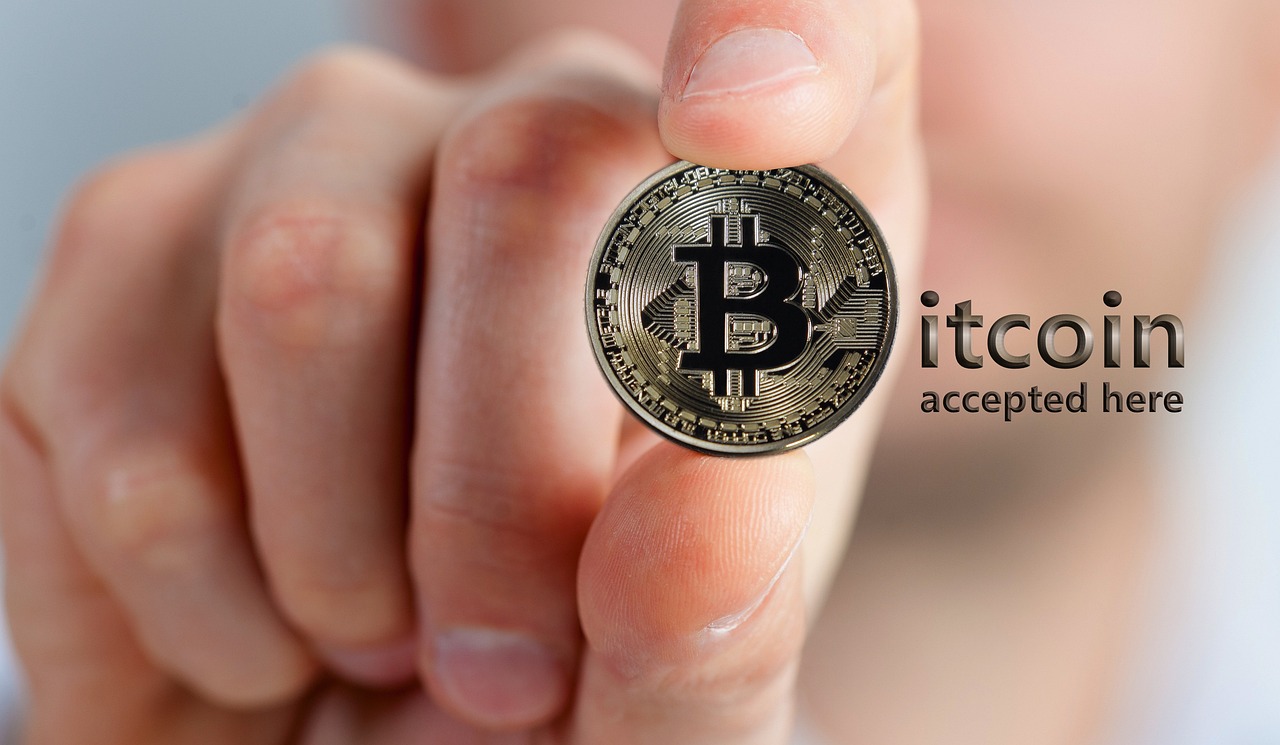Imagine a digital vending machine filled with different cryptocurrencies, operating 24/7, allowing users to instantly swap one token for another without needing a traditional order book or a central authority. That’s essentially what a liquidity pool is – a cornerstone of decentralized finance (DeFi) that has revolutionized how cryptocurrencies are traded. Let’s dive deeper into understanding liquidity pools, how they function, and their significance in the world of DeFi.
Understanding Liquidity Pools
What is a Liquidity Pool?
A liquidity pool is a collection of cryptocurrencies locked in a smart contract. These pools provide liquidity, enabling users to buy or sell these tokens on decentralized exchanges (DEXs) like Uniswap, SushiSwap, and PancakeSwap. Instead of relying on traditional market makers who provide liquidity by placing buy and sell orders, liquidity pools use automated market makers (AMMs). Liquidity pools are essential for the functionality of DeFi, enabling decentralized trading and other applications.
For more details, see Investopedia on Cryptocurrency.
The Role of Automated Market Makers (AMMs)
Automated Market Makers (AMMs) are the technology behind liquidity pools. AMMs use mathematical formulas to determine the price of tokens in a pool. The most common formula is `x y = k`, where:
- `x` represents the quantity of one token in the pool.
- `y` represents the quantity of the other token in the pool.
- `k` is a constant, maintaining the overall pool balance.
This formula ensures that whenever a trade occurs, the price adjusts based on the ratio of the tokens in the pool. For example, if someone buys a large amount of token `x`, its quantity decreases, while the quantity of token `y` increases. To maintain `k`, the price of token `x` effectively increases relative to token `y`.
How Liquidity Pools Work: A Step-by-Step Example
Let’s consider a liquidity pool for ETH/USDT.
Benefits of Liquidity Pools
Increased Liquidity and Accessibility
Liquidity pools make it significantly easier to trade cryptocurrencies, especially for less popular or newly listed tokens. They provide:
- Continuous Liquidity: 24/7 availability for trading without relying on market makers.
- Reduced Slippage: Smaller price impact for trades, particularly for large orders, compared to order book exchanges with thin order books.
- Democratization of Market Making: Anyone can become a liquidity provider, earning fees from trades.
Decentralized Trading and Permissionless Access
Liquidity pools embody the core principles of DeFi:
- Non-Custodial: Users maintain control of their funds within the smart contract.
- Permissionless: Anyone can participate as a trader or liquidity provider.
- Transparency: Transactions and pool balances are publicly visible on the blockchain.
Earning Passive Income through Yield Farming
Liquidity providers earn fees from trades made in the pool. This passive income stream, combined with incentives offered by many DeFi platforms, creates opportunities for yield farming:
- Trading Fees: Earn a percentage of the trading volume based on your share of the pool.
- Incentive Rewards: Many DeFi platforms offer additional tokens (e.g., governance tokens) as rewards for providing liquidity.
- Compounding Returns: Earnings can be reinvested to increase your share of the pool and further boost returns.
Risks Associated with Liquidity Pools
Impermanent Loss Explained
Impermanent loss is a key risk when participating in liquidity pools. It happens when the price of the tokens in the pool diverges significantly.
- Definition: Impermanent loss is the difference between the value of your assets in the liquidity pool and the value of the same assets if you had simply held them in your wallet.
- Example: If you deposit ETH and USDT into a pool, and the price of ETH doubles while USDT remains stable, you will experience impermanent loss. This is because the AMM will rebalance the pool by selling some ETH to maintain the `x y = k` ratio.
- Mitigation: Choosing stablecoin pairs or pools with tokens that have correlated price movements can reduce impermanent loss. Also, trading fees can often compensate for impermanent loss over time.
Smart Contract Risks
Liquidity pools rely on smart contracts, which are susceptible to bugs or exploits.
- Vulnerabilities: A smart contract bug could allow attackers to drain funds from the pool.
- Audits: Always check if the smart contract has been audited by reputable firms.
- Platform Security: Consider the security reputation of the DeFi platform you are using.
Regulatory Risks
The regulatory landscape for DeFi is still evolving.
- Uncertainty: New regulations could potentially impact the legality or functionality of liquidity pools.
- Compliance: Staying informed about regulatory developments is crucial.
How to Participate in Liquidity Pools
Choosing the Right Liquidity Pool
Selecting the right pool is crucial for maximizing returns and minimizing risks.
- Consider the Token Pair: Evaluate the volatility and trading volume of the tokens in the pool.
- Assess the Fees: Compare the trading fees offered by different platforms and pools.
- Evaluate the Platform: Research the reputation and security of the DeFi platform.
- Check for Audits: Ensure the smart contract has been audited by a reputable firm.
Providing Liquidity Step-by-Step
The process of providing liquidity typically involves the following steps:
Monitoring Your Investment
Regularly monitoring your liquidity pool investment is essential.
- Track Impermanent Loss: Monitor the price fluctuations of the tokens in the pool.
- Monitor Earnings: Check your trading fee earnings and any additional incentive rewards.
- Stay Informed: Keep up to date with any changes to the platform or the tokens in the pool.
Conclusion
Liquidity pools have revolutionized DeFi, enabling decentralized trading, and providing opportunities for passive income. However, it’s essential to understand the risks involved, particularly impermanent loss and smart contract vulnerabilities. By carefully researching and selecting liquidity pools, and by staying informed about the evolving DeFi landscape, you can potentially benefit from this innovative technology while mitigating potential risks. Always remember to do your own research (DYOR) before investing in any liquidity pool.
Read our previous article: Algorithmic Bias: Shaping Codes Ethical Compass




